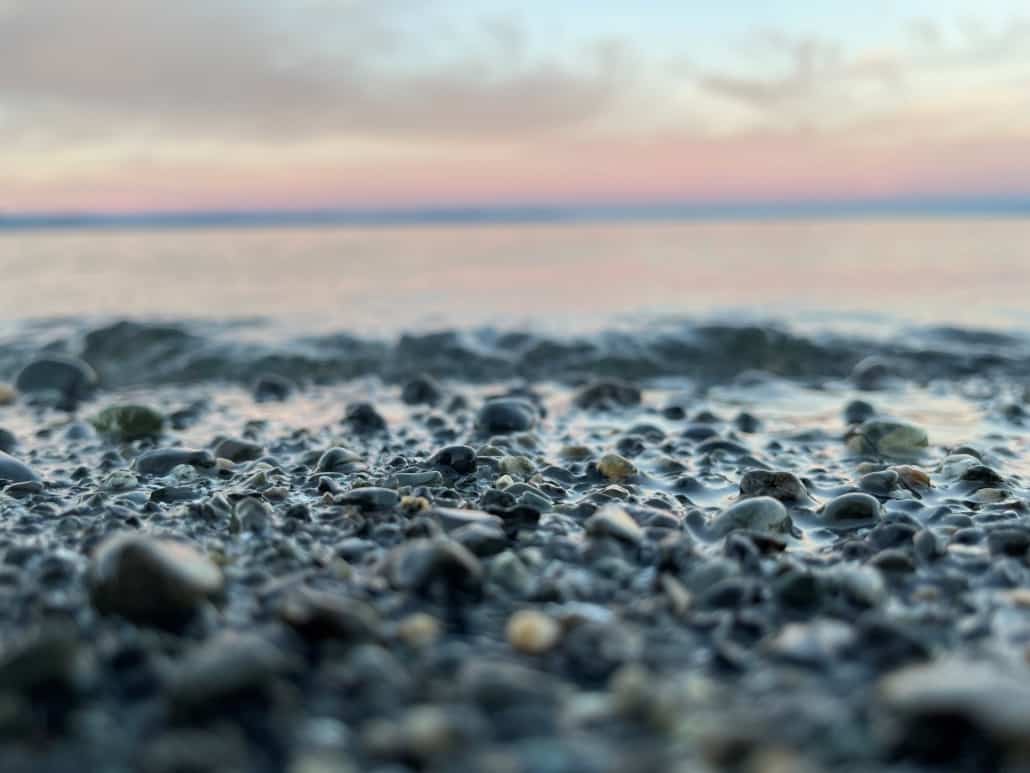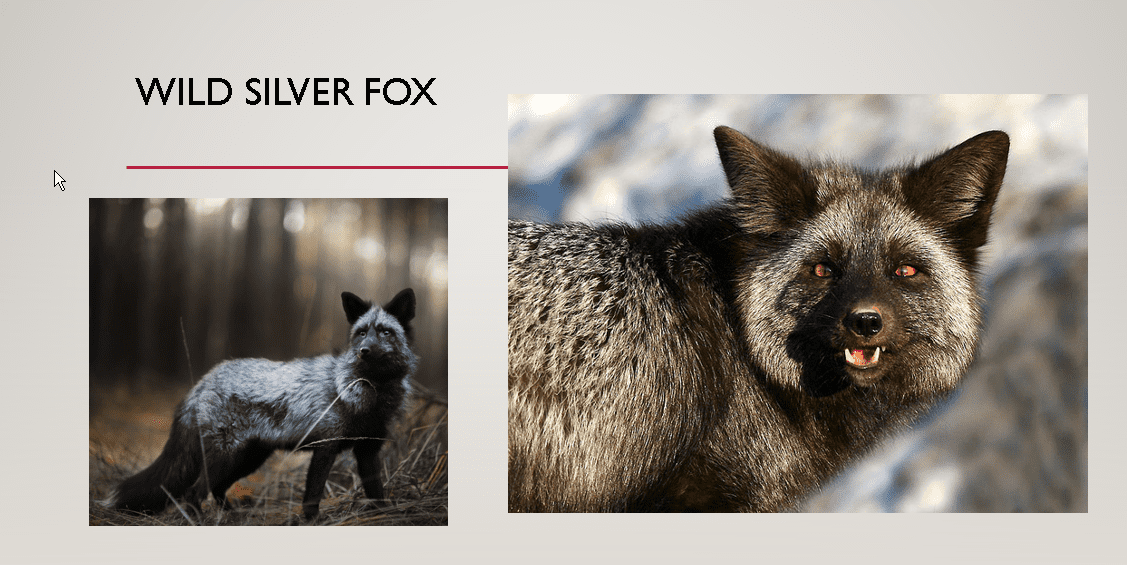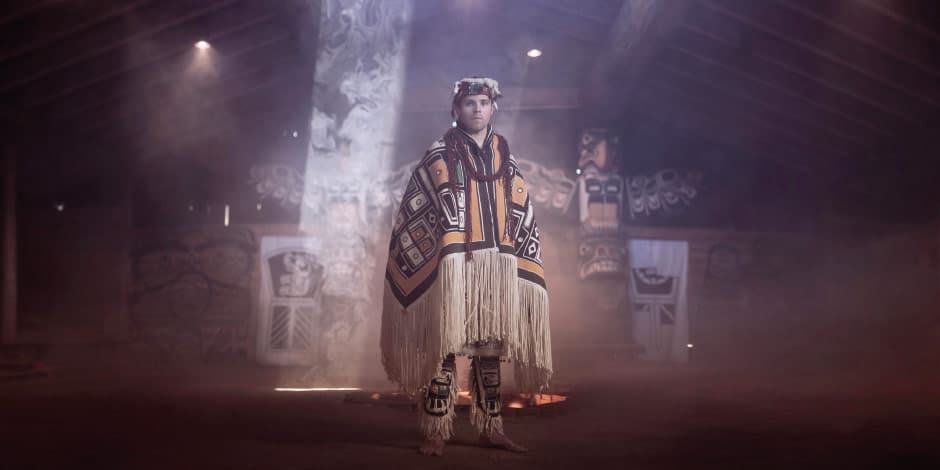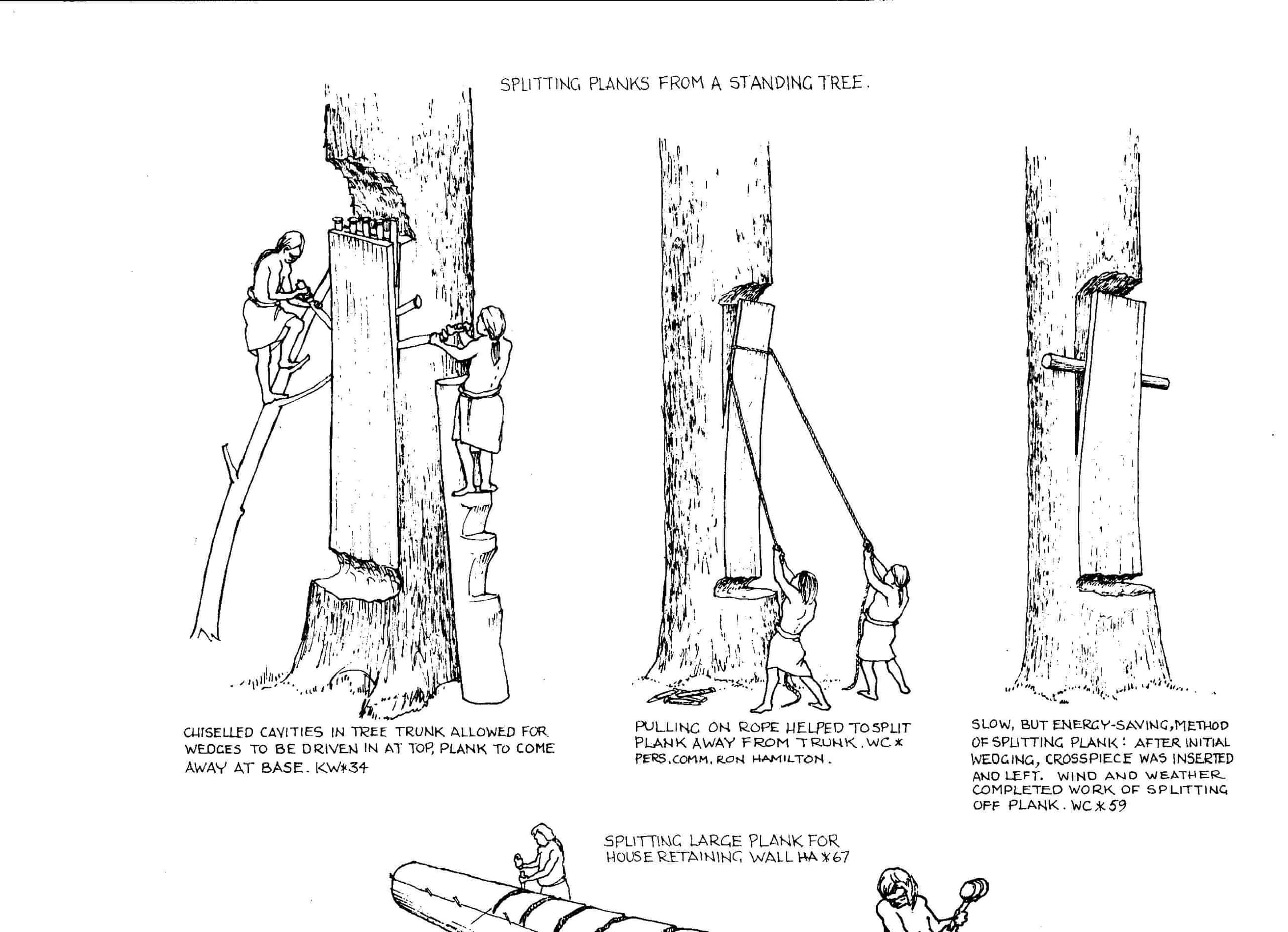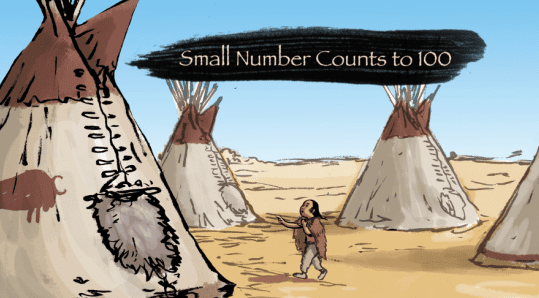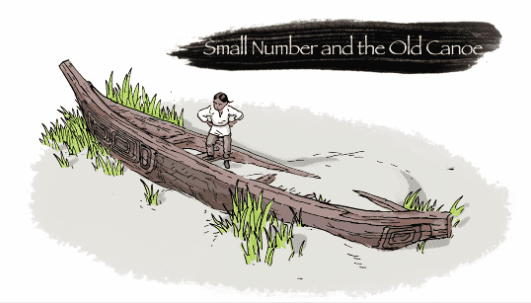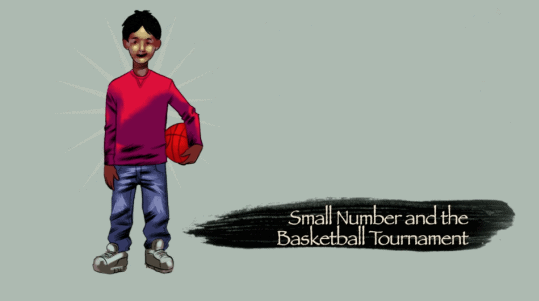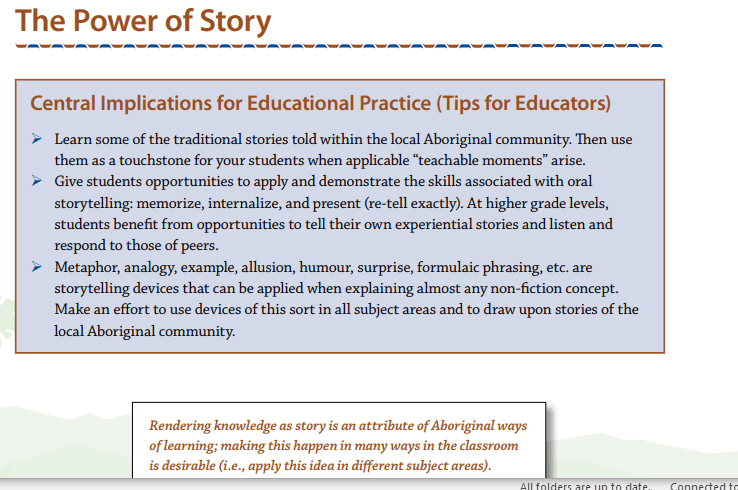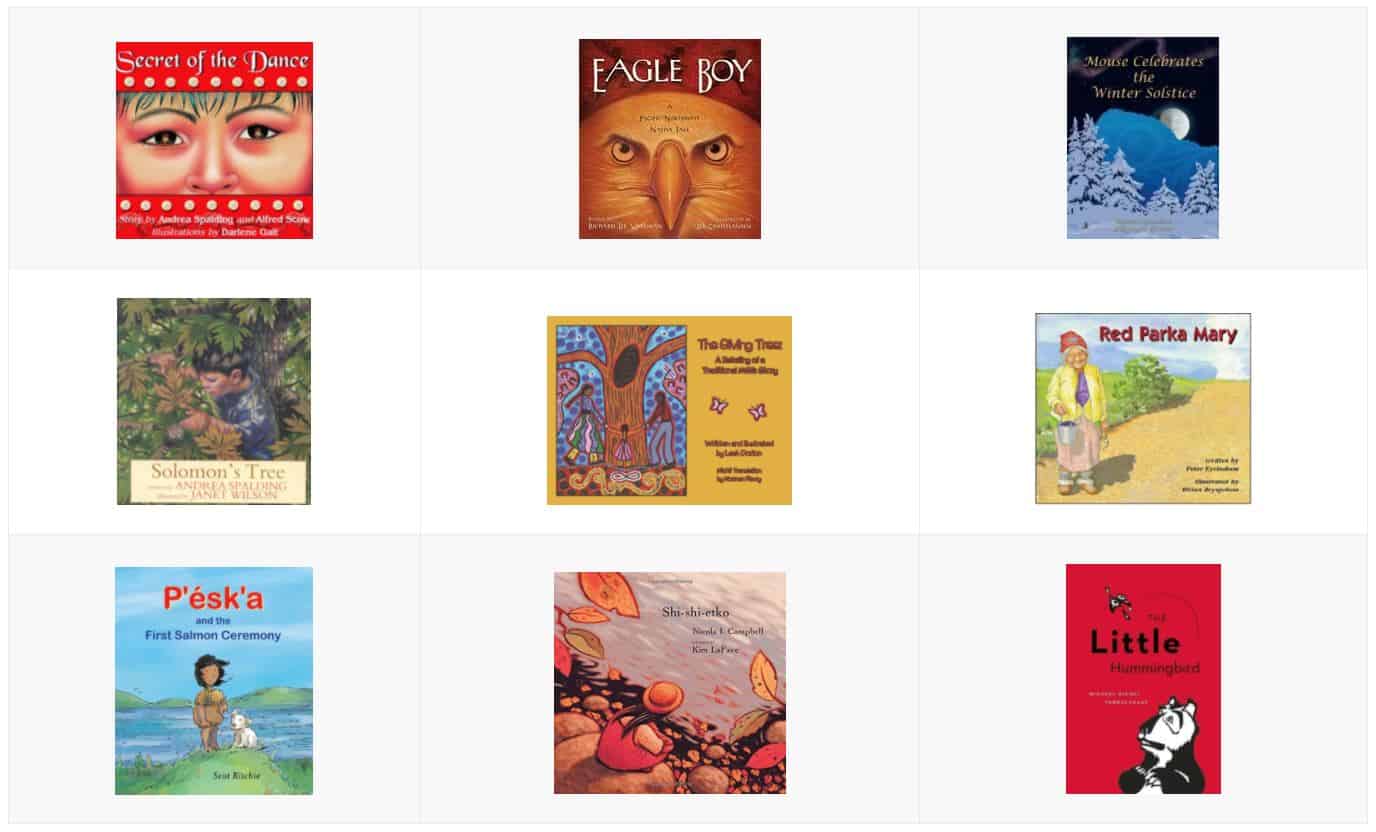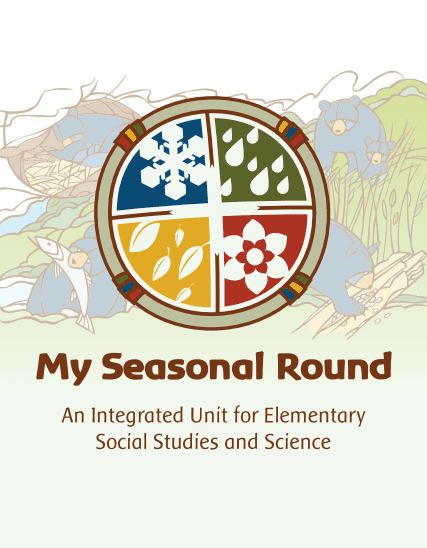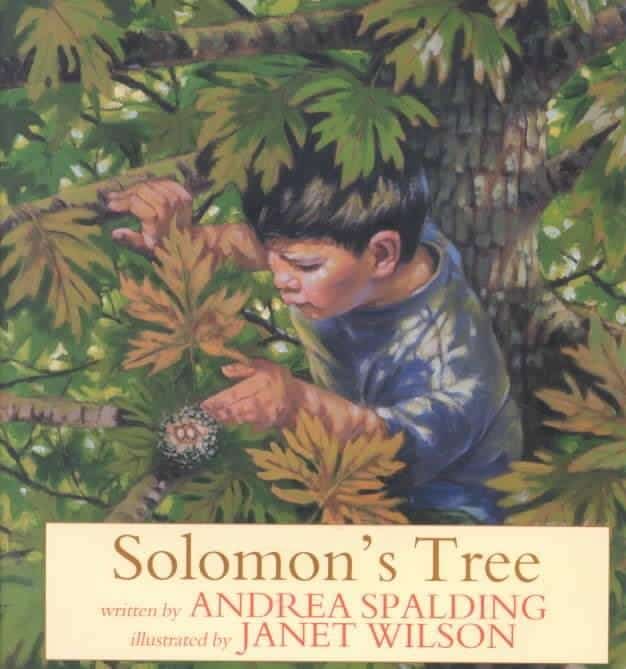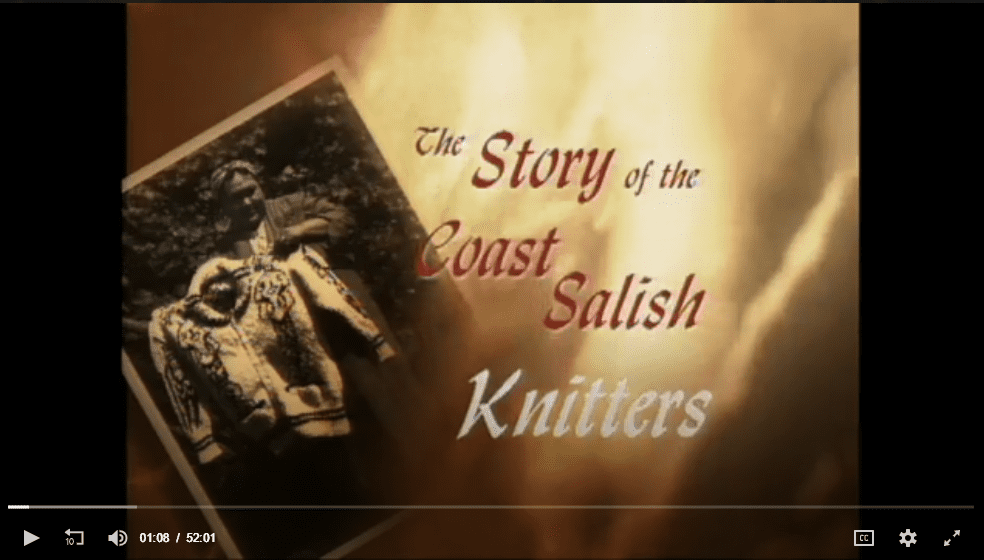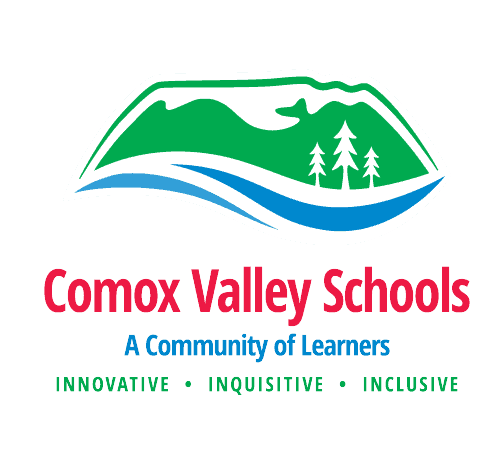Story Resources
Astronomy
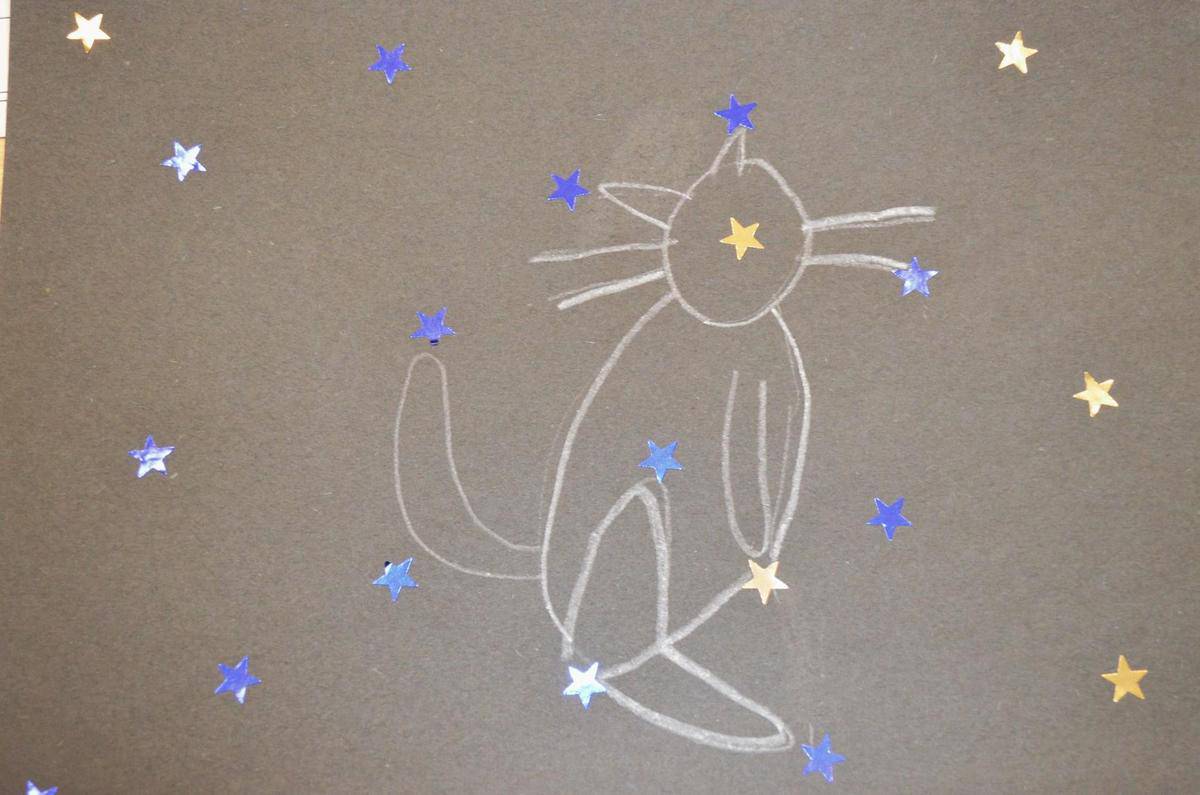
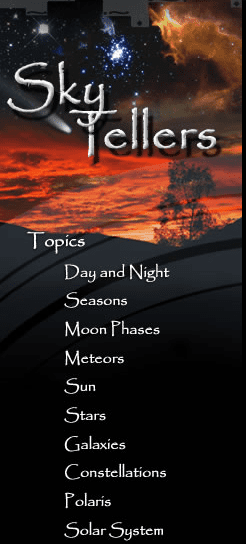
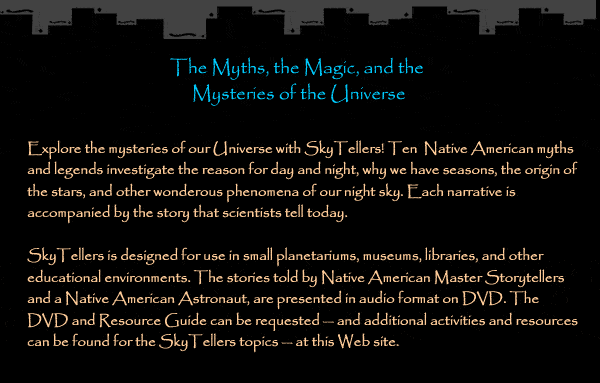
The Skyteller’s DVD and resource can be found in our LRC
The following lessons are prepared for a grade three classroom but may be modified to suit other grade levels.
Aboriginal Astronomy Lesson Plans:
Learning Intentions:
- I can understand what celestial objects meant to Aboriginal People.
- I can understand how Aboriginal people used stories to understand the solar system.
- I can understand how the moons are connected to the seasons and months. (Seasons lesson extension).
- I can compare and contrast stories.
The following lessons focus on different Celestial Objects, and their connections to Astronomy. Topics include Day and Night, Sun, Moon, Constellations.
Please note that these Lesson Plans require use of the kit: “Aboriginal Astronomy Kit” from the LRC.
Constellations Lesson Plan:
Creation (How the earth was formed) Lesson Plan:
Moon Lesson Plan:
Sun Lesson Plan:
Seasons (in a single lesson) Lesson Plan:
Animals
Importance of Animals
Lesson 1
Learning Intention: I can describe how animals are important in the lives of Aboriginal people. I can reflectively about what I learned and show what I know.
Teaching Plan:
Animals Lesson 1 Blackline Masters
Blackline Masters
“What I Know’ Journal and Traffic Lights
Animal Journal Page and Traffic Lights
Lesson 2
Learning Intentions:
-
- I can describe how Aboriginal people used all parts of the animal.
- I can write reflectively about what I learned to show what I know.
Teaching Plan 2
Alternate Lesson #1: Using all parts of the animal.
Fur Kits
There are kits in our LRC that have fur samples in them. For SD71 staff, search Fur Trade Kit in Destiny.
In the following PowerPoint you will find some of the animals that people gathered furs from
Animals of the Northwest Coast and what they symbolize for First nations people.
Power Point by Shannon Campbell.
- Animals of the Northwest Coast First Nations
- Northwest Coast Animal Symbols and Kwakwala
- How Are Animals Important to People
Eagles
Eagle Visualization – from the book Keepers of the Animals, pg. 56
Beaded Timeline
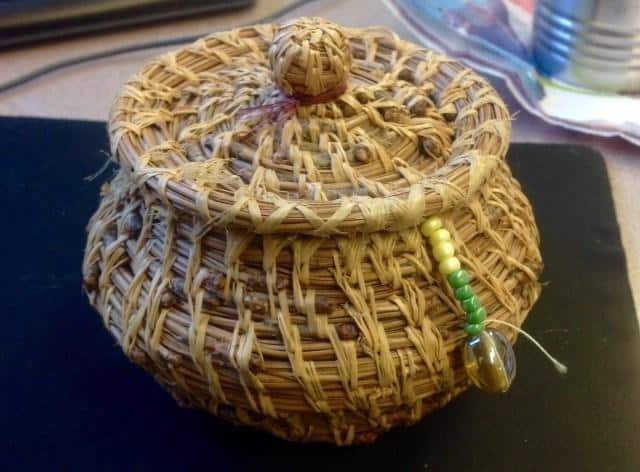
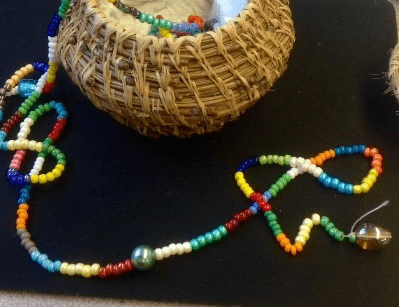
The Bead Timeline Story a visual representation of how long Indigenous people have been living in North America, at least 10,000 years, since time immemorial, importance of oral history, story, seasonal cycle and care taking of resources. How to guide for making your own bead timeline. Created by SD71, Suzanne Camp, District Resource Cultural Aide.
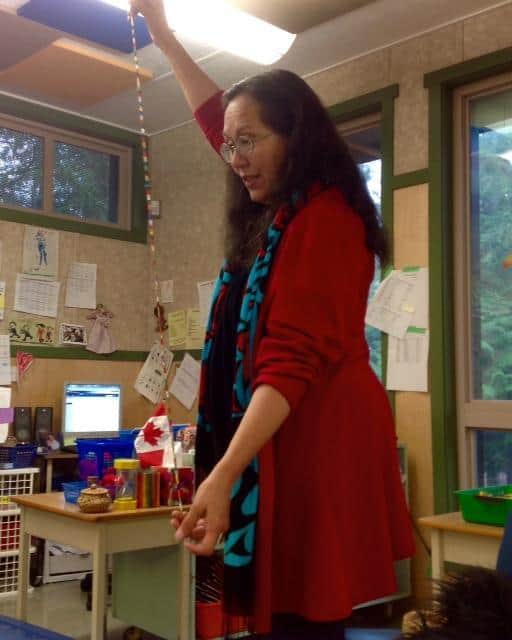
Bead Time Line Response Sheet
Big Houses
Meet a Local Legend: The Kumugwe Dancers
The video below highlights two of the youth, Jesse and Matthew Everson, from the Kumugwe Dancers and K’omoks First Nation.
SD71 K’omoks First Nation Big House Experience
Excerpts and explanation of the actual day
Big House explanation by Andy Everson
Big Houses of the Northwest Coast – 3 types
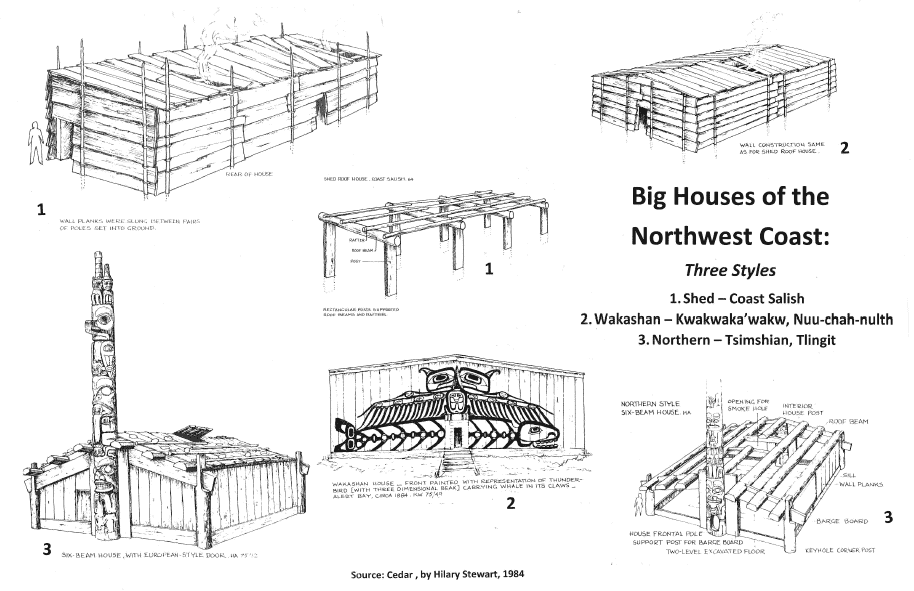
Big Houses of the Northwest Coast
Instructions to make a paper Big House – Coast Salish style and Kwakwaka’wakw style
Transforming your Thinking:
What I used to think about Big Houses, What I now know about Big Houses
The Kumugwe Bighouse
An informative article about The Kumugwe Bighouse written by Keisha Everson.
Cedar: Tree of Life
Cedar Artifacts- I notice, I think, I wonder…
an engaging way to start an inquiry/learnings about cedar
Cedar: Think, Notice, Wonder
Cedar Weaving
Harvesting Cedar
Special Note: There are protocols that go with collecting cedar bark. Some things to consider about cedar collection is that the people who collect cedar are from the local nation, have been taught from an elder, know how and when to do this without harming the tree in that specific area. Cedar is considered sacred for many.
Kits from SD71 Learning Resource Center that contain cedar artifacts: (search on Destiny with the following titles)
Cedar Bark Harvesting Kit
A display of photographs, b+w drawings, and cedar samples help illustrate the steps traditionally used by First Nations peoples in the harvest of cedar. Traditional cedar bark uses: hats, baskets, blankets, ceremonial regalia, nets, masks, mats, headbands and clothes. This kit can be used in support of Aboriginal science and social studies learning outcomes.
Bentwood Box
Several cedar items, bentwood box, ladle, rope, eagle head, bailer, headbands, bowl
Totem Poles of the Comox Valley (this could help facilitate an excellent field trip around the valley looking at all the totem poles)
This resource features photographs and information about the totem poles of the Comox Valley. Totem poles are a traditional way of telling the stories of Aboriginal families and clans, and of keeping records of important historical events. The six West Coast First Nations that carved totem poles before the arrival of the European explorers were the Haida, the Nuxalt, the Kawkwaka’wakw, the Tlingit, the Tsimshian and the Coast Salish people.
Coast Salish Realia
This kit contains samples of Coast Salish carvings, baskets, a spindle whorl, and tools.
Coast Salish Artifacts
“Keepers of the Earth” a collection of native stories and environmental activities for children, 2 CDs “Rising from the ashes…” and “One nation One Voice: songs of the Kwakwaka’wakw”, 1 woven cedar hat, 3 wooden carvings -kingfisher, salmon, and loon.
War Canoes Model
Carved by Stephen Hunt, a member of the Kwakiutl Band of Fort Rupert, B.C. One model is decorated with a Thunderbird image, the mythical creature considered to be the most powerful of all spirits. It is believed that the Thunderbird’s powers came from the carved appendages on his head. The other canoe is decorated with the eagle image.
Cedar the Tree of Life Kit
Bark and rope artifacts along with cedar reader booklest and Little Cedar, Big Cedar by Pam Holloway
The Story of Cedar (short clip below) by Herb Rice
For the full documentary click on link directly below:
The Story of Cedar, Bark Pulling and Cedar Hat Weaving
Published on Dec 9, 2012
From the moment of birth, to the time of passing, cedar has traditionally played a vital role in the life of the First People of the Pacific Northwest.
This 30min documentary tells the story of cedar, how the bark is stripped from the cedar tree and prepared for cedar weaving (hats) and discusses the art of cedar weaving and the affect this workshop had on the participants. Project was facilitated by Maria Sampson. The video was produced by Louise McMurray and the Cowichan Aboriginal Film Festival and directed, shot and edited by Phil Ives.
Cedar – Tree of Life Kit – found in SD71 LRC -primary focused
Contents: books: The cedar club forest detectives — Making a canoe — Cedar — Making a drum — The western red cedar — The cedar tree: the heart of our people (2) — Cedar – tree of life — The little cedar tree — Little cedar, big cedar — 10 booklets: The bentwood box — French books: La technologie des Premières Nations — Grand-mère, gardienne de notre passé — Les Premières nations — Sun design colouring page — Rain design colouring page — 20 photo cards: cedar and its uses — 6 photo cards: steps to make cedar rope — 2 bundles of cedar strips, narrow — bundle of cedar strips, wide — 2 bundles of cedar rope — cedar plank.
Growing Your Green Heart (primary focused)
A guided imagery – fantasy journey to find the seed in your heart. One of the many activities from this book, Keepers of Life. Could be followed up by a writing, drawing or painting activity of the plant they imagined themselves to be.
Cedar the Tree of Life
From Nelson Literacy Grade 4 student book A
Cedar by Hilary Stewart
This book by Hilary Stewart has many hand drawn examples of cedar artifacts and how they were made and used. Below are some examples from the book that Aboriginal Education has compiled for teaching purposes:
Big Houses of the Northwest Coast – 3 types
Fishing Tools
Fishing drawings by Hilary Stewart
The Story of Cedar
This video showcases what role a cedar plays in the culture of Shishalh people. It played in the Tems Swiya museum as part of the tree of life texemay exhibit during the 2015 Sechelt Arts Festival.
Making a Cedar Rose
Making a cedar rose from Hakwush on Vimeo.
Nuu-chah-nulth Canoe Steaming
Master Nuu-chah-nulth canoe carvers Joe and Carl Martin steam a dugout canoe on Chesterman Beach, Tofino, Vancouver Island, British Columbia. Film and Narration by Jacqueline Windh.
Grade 4 Big House Experience
SD71 K’omoks First Nation Big House Experience
Excerpts and explanation of the actual day.
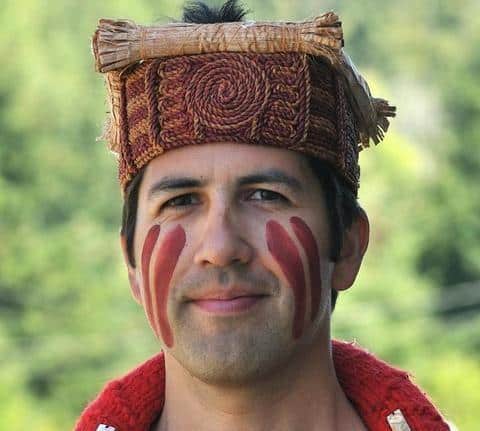
Andy Everson
Andy Everson was born in Comox, BC in 1972 and named Na̱gedzi after his grandfather, the late Chief Andy Frank of the K’ómoks First Nation. Andy has also had the honour of being seated with the ‘Na̱mg̱is T̓sit̓sa̱ł’walag̱a̱me’ name of Ḵ̓wa̱mxa̱laga̱lis I’nis.
Big House Experience Pre-Teaching Lesson 1
Lesson 1 Materials
- K’ómoks First Nation Lesson 1 (PDF)
- K’ómoks First Nation Thinking Sheet (PDF)
- Lesson 1 Slide Notes (PDF)
Big House Experience Pre-Teaching Lesson 2
For more information:
Activating Prior Knowledge for Big House Experience
These are some ideas for introducing the local K’omoks First Nation culture to students. They can be done prior to lessons for the Big House Experience, or in conjunction with a number of other lessons focused on West Coast Aboriginal content.
This kit is designed to help students determine importance. Normally you determine importance as you read or after you read, but this kit features before reading activities that tap into background knowledge, get kids using non-fiction text features, and develop content-specific vocabulary. Please add your favourite “after reading” graphic organizer once the strategies in this kit have been tried.
K’omoks First Nation’s Big House Experience preteaching BLM’s
These are some ideas for introducing the local K’omoks First Nation culture to students. They can be done prior to lessons for the Big House Experience, or in conjunction with a number of other lessons focused on West Coast Aboriginal content
The K’omoks Big House Exeperience is hosted by the Kumugwe Dancers who share their culture and knowledge with all the Grade 4’s in SD71 Comox Valley District. The video below highlights two of the youth, Jesse and Matthew Everson, from the Kumugwe Dancers and K’omoks First Nation.
Meet a Local Legend: The Kumugwe Dancers
Kumugwe Cultural Society
Check out the Kumugwe Dancers website, Kumugwe Cultural Society for more background.
Click here to browse their stunning collection of traditional and contemporary Northwest Coast artwork and crafts, produced by featured First Nation artists.
History of the I-Hos logo – click here for more information on the logo.
Poles in Front of Administration Building - for more information on these poles – have a look at the following video.
Find out more about the potlatch here:
Living Tradition: The Kwakwaka’wakw Potlatch on the Northwest Coast
Big House Explanation by Andy Everson
Indigenous Art
Artist Profiles

Andy Everson
Andy Everson was born in Comox, BC in 1972 and named Na̱gedzi after his grandfather, the late Chief Andy Frank of the K’ómoks First Nation. Andy has also had the honour of being seated with the ‘Na̱mg̱is T̓sit̓sa̱ł’walag̱a̱me’ name of Ḵ̓wa̱mxa̱laga̱lis I’nis.
Coast Salish Art
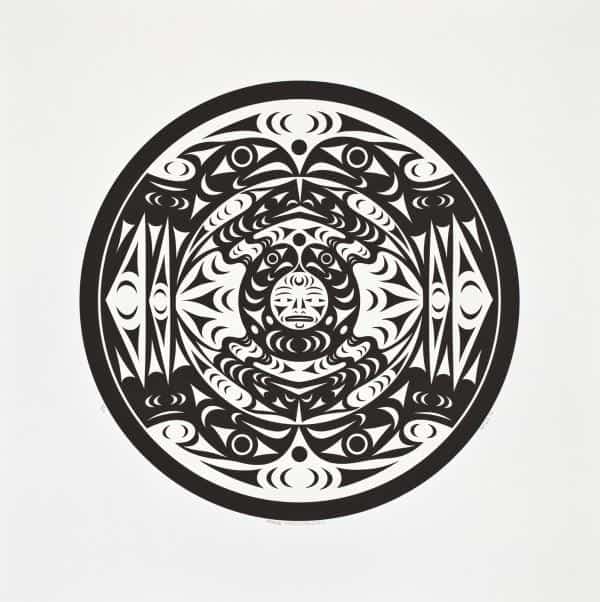
Perpetual Salish: Coast Salish Art in the Classroom
Perpetual Salish: Coast Salish Art in the Classroom is an online resource centre for teachers, offering cross-curricular lesson plans to engage students and facilitate their understanding of Coast Salish culture and art.
Coast Salish Design Elements by Qwalsius – Shaun Peterson
“A brief overview of two dimensional shapes used in Coast Salish design of Natives of the Pacific Northwest Coast Art tradition. This also explains briefly how this art form is not a formline tradition but a tradition unto it’s own serving the needs of it’s people, its community.” – Qwalsius – Shaun Peterson.
Reconcilation Art
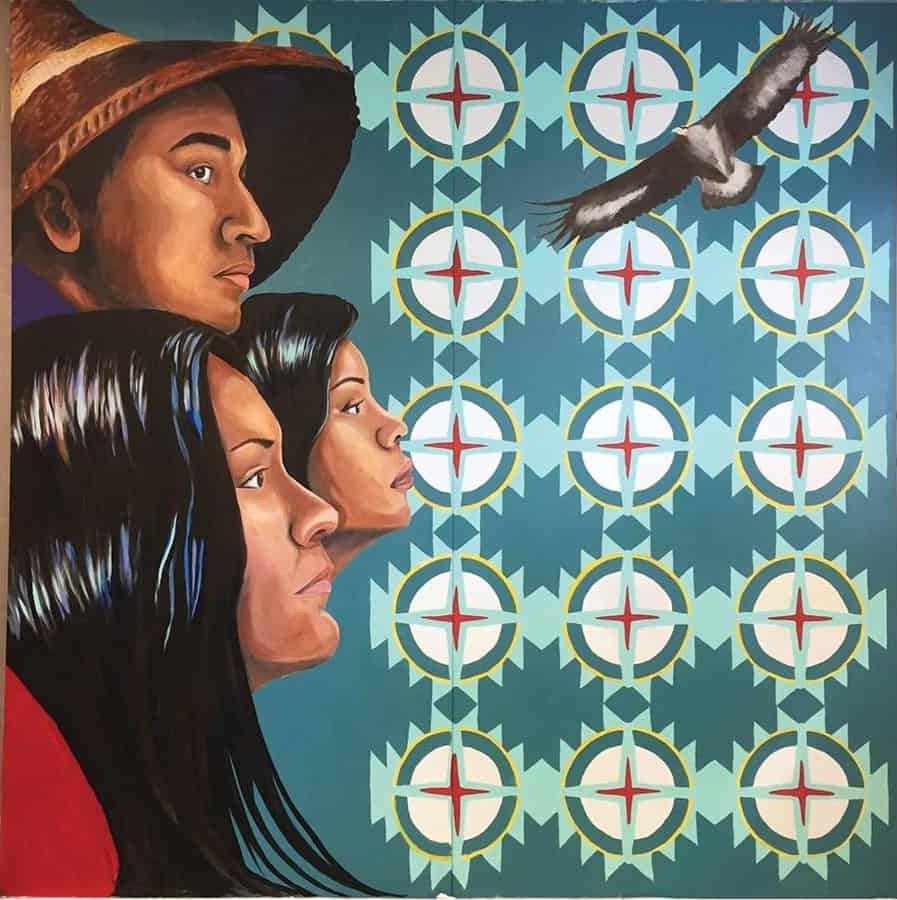
Resistance 150: Indigenous artists challenge Canadians to reckon with our history
The #Resistance150 project, led by Métis artist Christi Belcourt, has emerged as a prominent voice of protest. Many other artists have joined the movement, sharing work that celebrates the resilience of Indigenous communities and challenges Canadians to reflect on our country’s complicated legacy from a new perspective.

Reconciliation Art Project
The Reconciliation Art Project is designed to help children, in an artistic and engaging way, explore our shared history and begin to imagine a future of togetherness between Indigenous People and all Canadians.
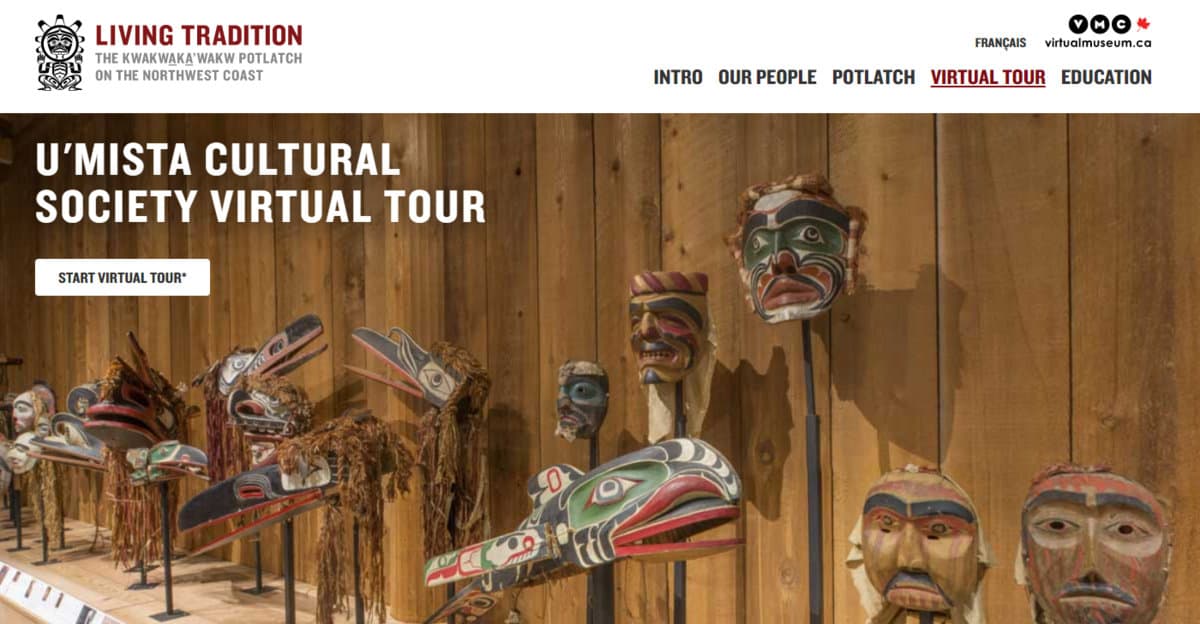
U’mista Cultural Society Virtual Tour
This virtual tour of the Potlatch Gallery at U’mista Cultural Centre comprises 6 different panoramic scenes, with links to high-resolution 360 images for each 3-dimensional object in the collection. (U’mista Potlatch website)
This tour is an excellent way to view the masks in the gallery!
Lahal
A gambling game that was traditionally played by adults. Recently children have been taught Lahal becuase it allows Elders to teach traditional songs and different drum-beats used during various styles of songs. At the same time,
lessons on the history of the children’s tribe and stories relating to the game can be passed on. Children can learn to work together as a team, to develop respect, trust, self-confidence and pride in traditional games all while having fun!
Song
Ala’wala – Lahal Songs
Song 1 – Ala’wala
Instructions
There are many variations of Lahal rules across the First Nations groups, but we have included a version that is suitable for children to play.
Legend of Queneesh
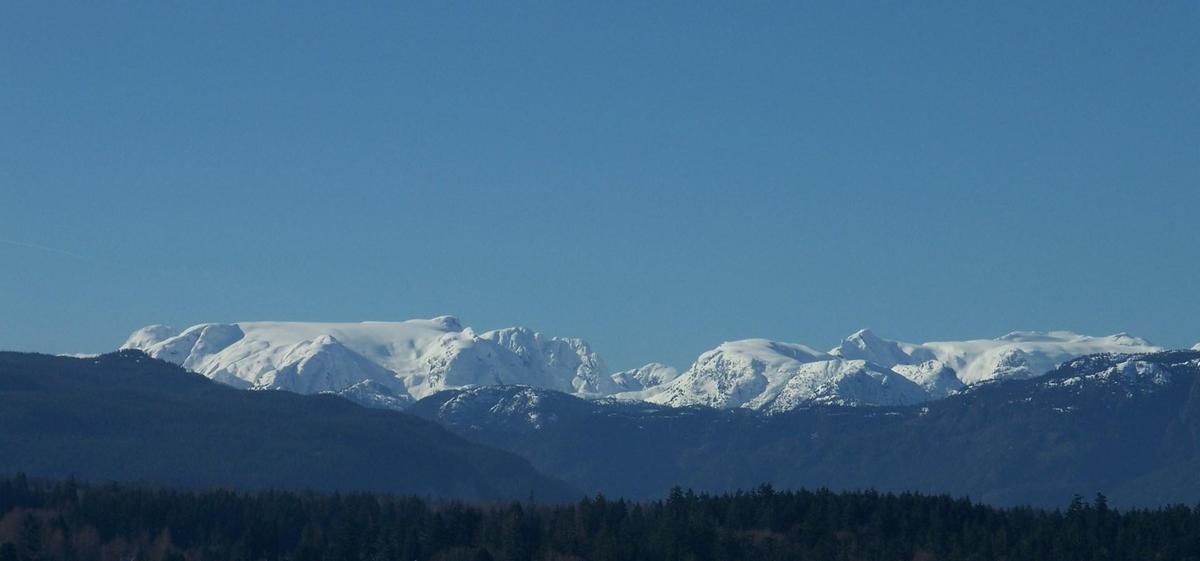 |
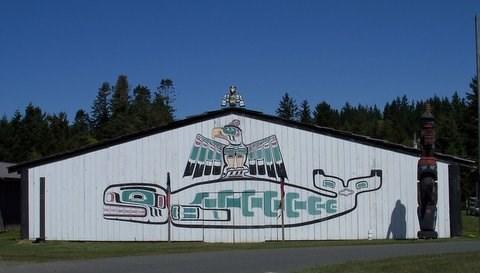 |
The long story in written form as told by Mary Clifton (written down by Barb Frank)
Legend of Queneesh English
Legend of Queneesh English Shortened by In Ed Staff
Legend of Queneesh French translated by French SD71 Committee
Legend of Queneesh French shortened by In Ed Staff and translated by French SD71 committee
The Legend of Queneesh Adapted for Storyboard by Shannon Campbell In Ed Staff
As told by Andy Everson, K’omoks First Nation
Artwork below also by Andy Everson.
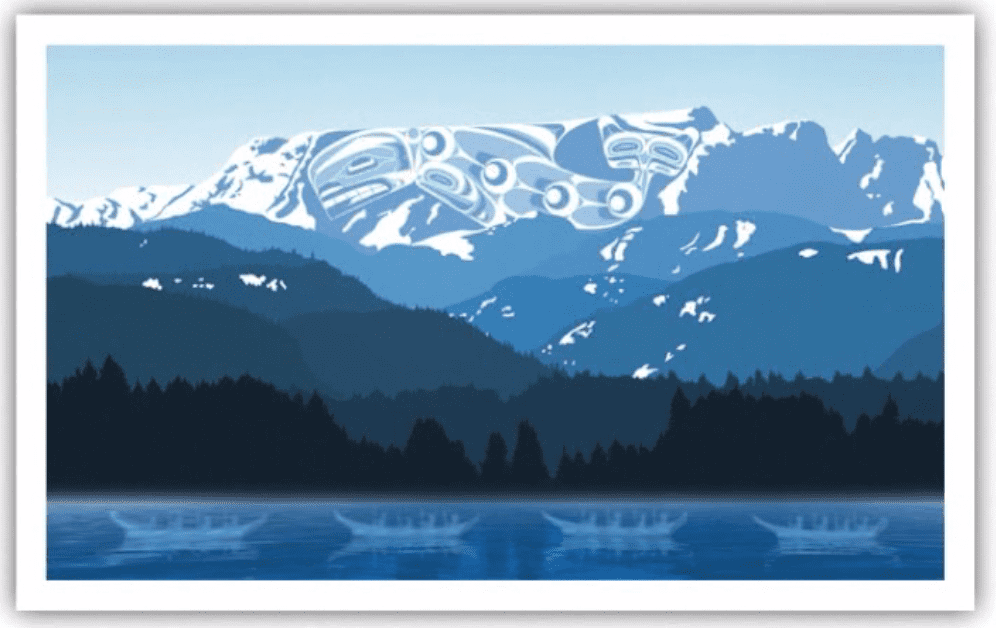
Legend of Queneesh Felt Story Board
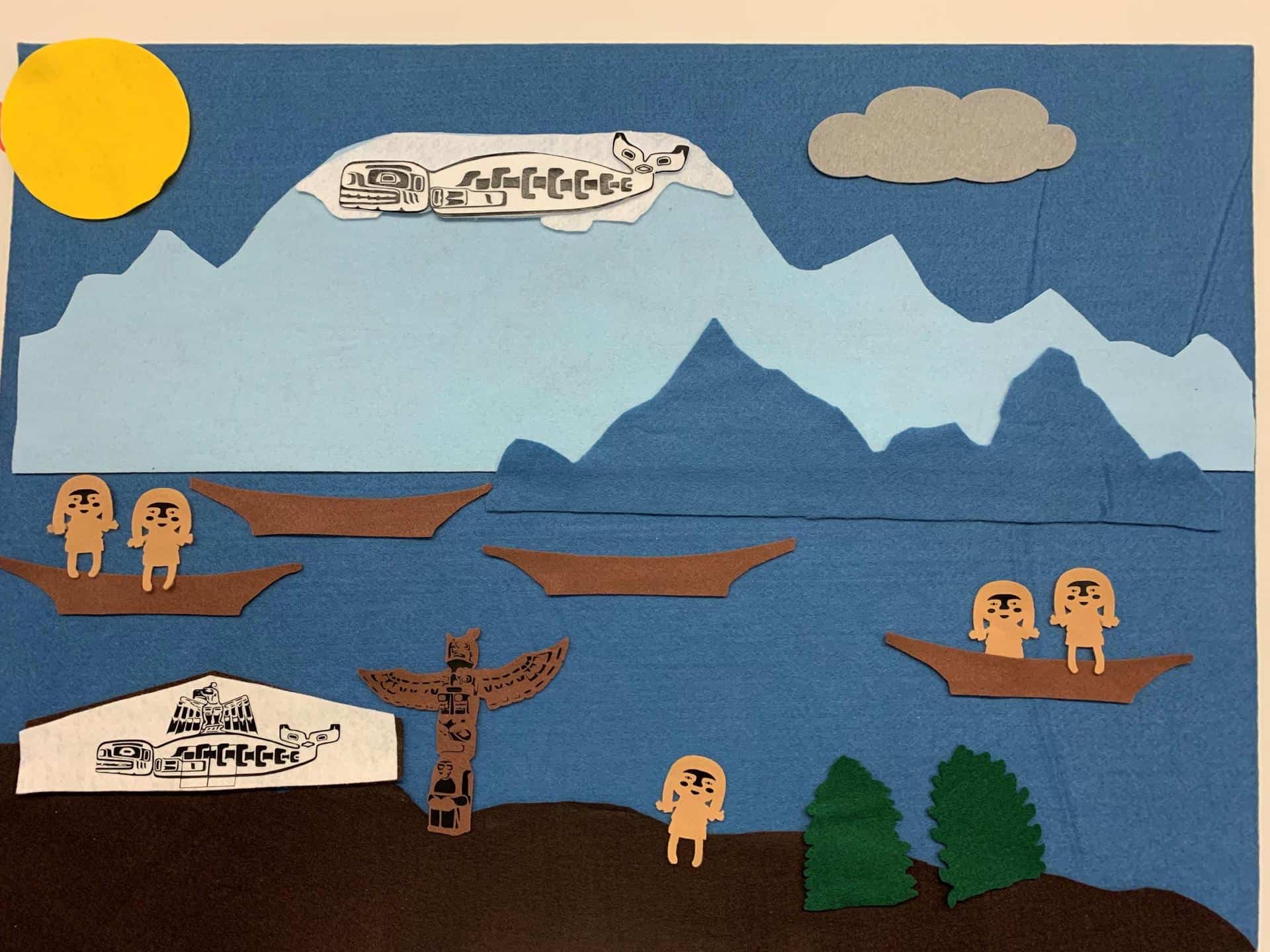
Qʷənɛs (click for pronunciation in Sliammon)
Whale
The Legend of Queneesh Adapted for Storyboard by Shannon Campbell In Ed Staff
West Coast First Nation Culture
To learn more about West Coast First Nation culture, get artifacts, realia and kits, incuding cedar items, into your room check out the resources we have at the LRC. Click here, Learning Resources Center Northwest Coast Realia and Information, for a summary of items at the LRC or go to Destiny to search for items.
Learning Resources Center North West Coast Realia and Information 2014
Math through Aboriginals Story
Math Catcher: Mathematics Through Aboriginal Storytelling
The main purpose of the short films, which are 3-4 minutes in length, is to relate stories about the adventures of animated characters. The scenarios take place in Aboriginal cultural and physical environments. The resolution of a particular plot always requires some mathematical knowledge. Plots in our stories are a mixture of adventures and math puzzles with the aim of catching a viewer’s attention and interest (thus the title of our project). Each story closes with an open-ended question that should spark discussions and lead to further activities. The question at the end of each story is purposefully not answered in the story.
Stories:
The story was inspired by narration from Ms. Rina Sinclair of the Siksika Nation. The story can be shown to elementary school students as a counting practice/puzzle or as a pattern recognition problem. For high school students it could be a way to introduce arithmetic progressions, modular addition, or an idea of number systems with a base different than 10.
Small Number and the Old Canoe
In Small Number and the Old Canoe mathematics is present throughout the story with the hope that this experience will make at least some members of our young audience, with the moderator’s help, recognize more mathematics around them in their everyday lives. We use terms like smooth, shape, oval, and surface, the mathematical phraseology like, It must be at least a hundred years old, the artist skillfully presents reflection (symmetry) of trees in water, and so on. The idea behind this approach is to give the moderator a few openings to introduce or emphasize various mathematical objects, concepts, and terminology. The short film is a little math suspense story and our question is related only to one part of it. The aim of the question is to lead to an introduction at an intuitive level of the concept of a function and the essence of the principle of inclusion-exclusion as a counting technique. The authors would also like to give their audience an opportunity to appreciate that in order to understand a math question, one often needs to read (or in this case, watch) a problem more than once.
Small Number and the Basketball Tournament
Small Number is a young boy who gets into a lot of mischief. Twice a week, after school, he goes with his friends to the Aboriginal Friendship Centre. There the boys first have a snack and then they do mathematics for half an hour. Sometimes they do algebra in their workbooks, but usually they play mathematical games. They also love playing basketball in the Centre’s gym and wish to enter a tournament. Small Number demonstrates how a basic understanding of combinatorics can help in all aspects of life, even basketball!
RESOURCE LEVEL:
- Elementary
- Secondary
Metis Culture
Indigenous Themes Kits and Information
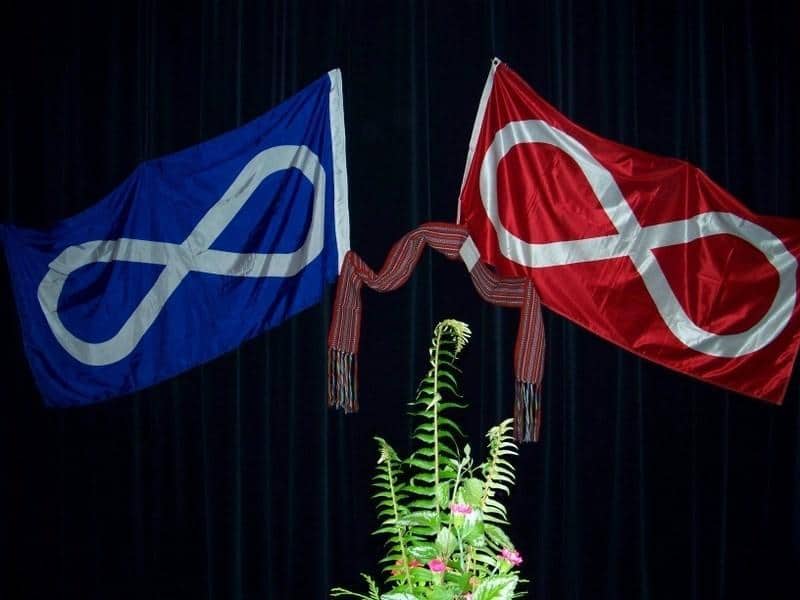
Available at the Learning Resource Center, School District 71
Indigenous Themes Kits and Information- compiled by Suzanne Camp, District Cultural Resource Aide- see page 14-18 for Métis specific resources.
Picture Book List
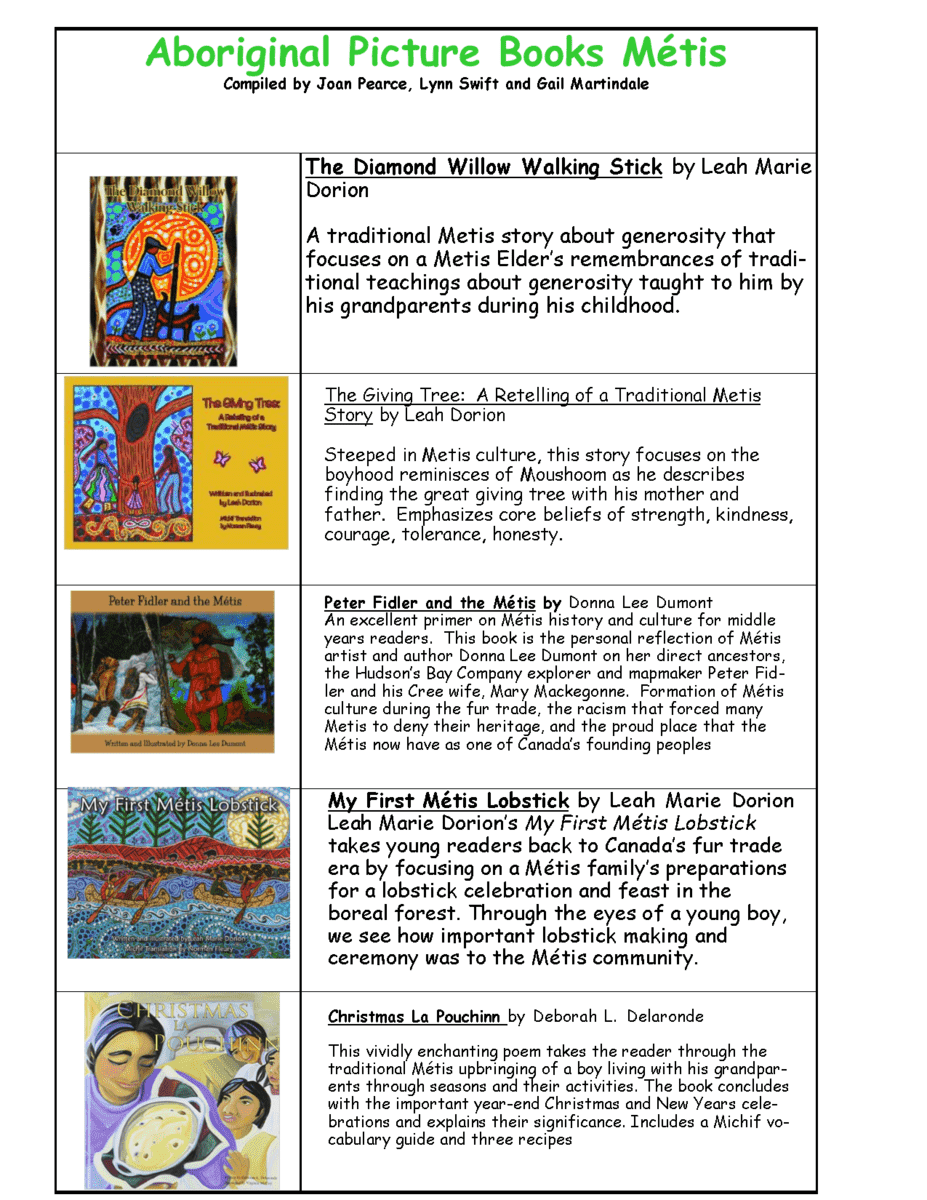
Introduction to Métis Culture
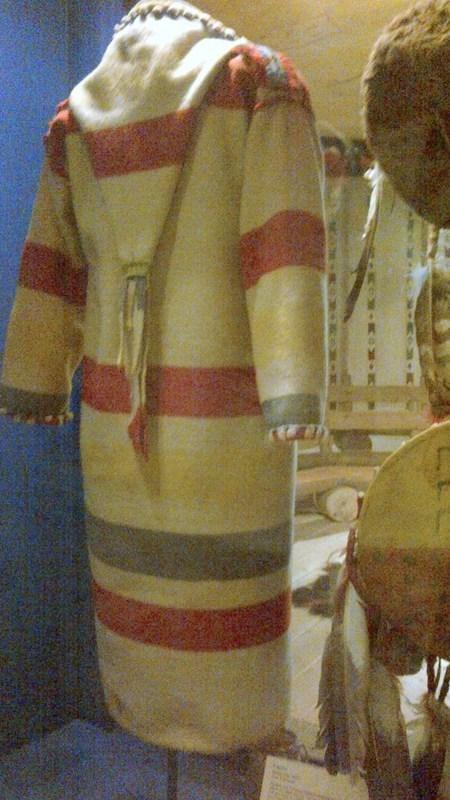
A PowerPoint created locally, by Gail Martindale and Suzanne Camp, to introduce you to the Métis Culture. Notes are included in a separate document.
Introduction to Métis Language
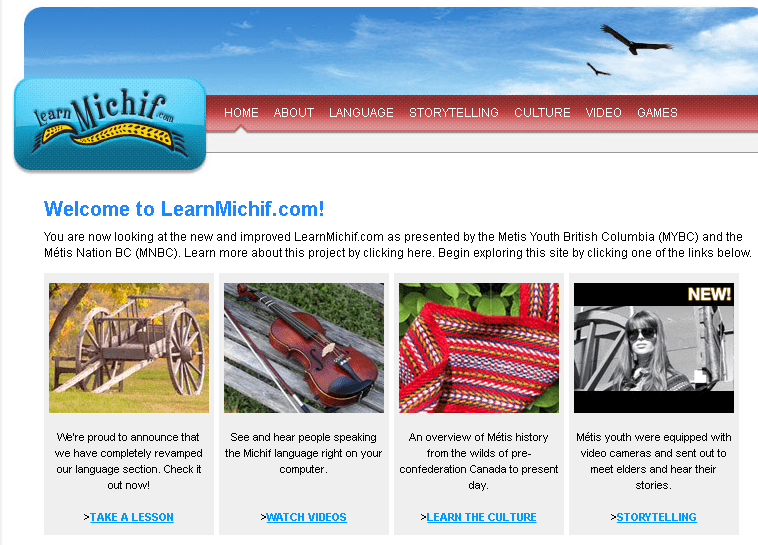
Learn about the Michif language, Métis culture and history, and storytellers. Click here for more information.
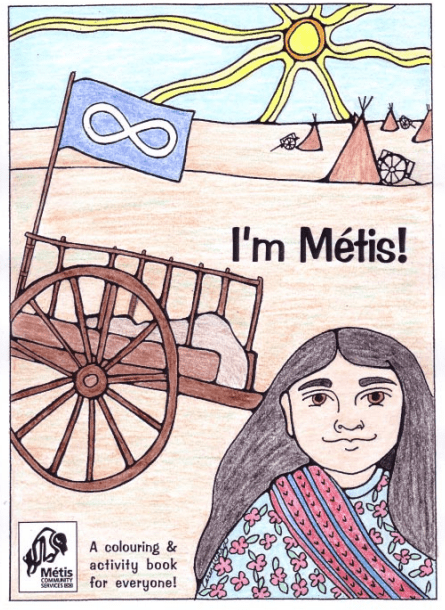
Transportation Lesson
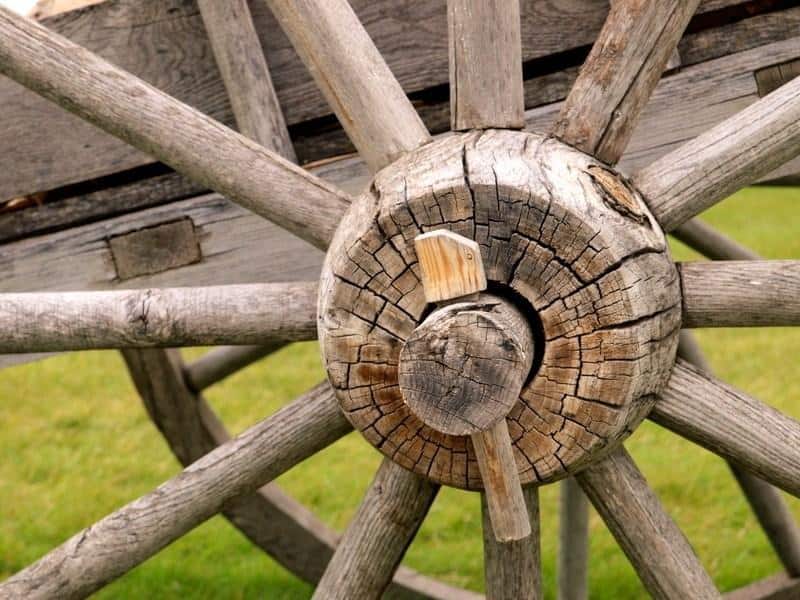
This lesson is a hands-on activity where students can explore reasoning and solutions for why people create different types of transportation. The lesson has students brainstorming and problem solving. They will also learn about how the Métis people solved their transportation issues, including the Red River cart and the York boat.
Métis History and Culture Transportation lesson
Tea Time
Gabriel Dumont Institute:
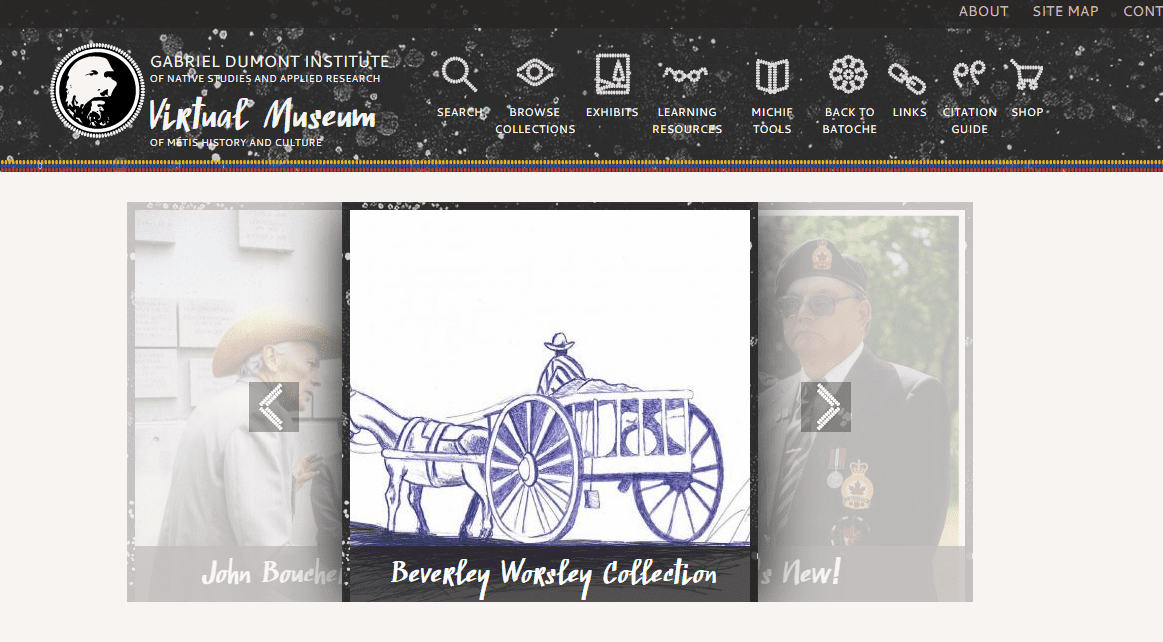
Virtual Métis Museum of Métis History and Culture
Bringing Métis Literature to Life
Bringing Métis Children’s Literature to Life is a guidebook for teachers to support the children’s literature published by Gabriel Dumont Institute (GDI). Not only will teachers be able to teach about the Métis but they will also utilize strategies that foster and promote literacy development (listening, speaking, reading, writing, viewing, and representing). The stories used in this guidebook are written and illustrated by Métis authors and illustrators. Each story brings traditional and contemporary Métis culture to life. They honour the past and present. Métis children often see themselves in these publications. Non-Métis students will see and connect with the universal themes and relate them to their own lives while learning about Métis culture.
Most importantly, this resource is about engaging readers in the history and traditions of Métis culture through literature. Métis children’s literature is found in classrooms, and in school libraries and public libraries all across Canada. Teachers use the books in various ways to bring awareness of the culture and teach outcomes. However, teachers are not always an “insider” in the culture, and often search for ideas on how to incorporate Métis content into their practice. There is a desire by teachers to be more inclusive, but they may not know how. This resource assists teachers in being culturally responsive while at the same time allowing them to teach provincial outcomes.
Métis Nation of BC
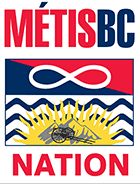
Grade 7 Métis Cross-Curricular Teacher Guide (from Métis Nation of BC)
Grade 7 Metis Cross Curricular Teacher Guide
MIKI’SIW Métis Association
The Métis Nation
The advent of the fur trade in west central North America during the 18th century was accompanied by a growing number of mixed offspring of Indian women and European fur traders. As this population established distinct communities separate from those of Indians and Europeans and married among themselves, a new Aboriginal people emerged – the Métis people – with their own unique culture, traditions, language (Michif), way of life, collective consciousness and nationhood.
http://www.comoxvalleymetis.com/M_tis_People.html
Louis Riel – Heritage Minutes
What thoughts ran through Louis Riel’s mind as he stood on the scaffold, waiting for the trap door to open to his death? Perhaps he thought about the turmoil that surrounded him, a turmoil that still surrounds the controversial Métis leader today. Even now, Louis Riel is a hero to many, a visionary, the fiery leader of a downtrodden people. To others he is a madman, a traitor, or a misguided zealot.
Canadian Encyclopedia Article about Louis Riel
Artists
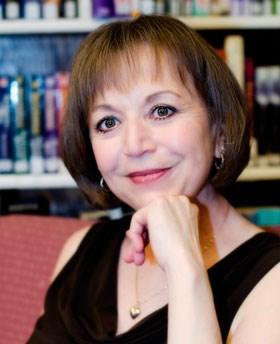 |
Jacqueline Guest, author and artist
Jacqueline is a Metis writer who lives in a log cabin nestled in the pinewoods of the Rocky Mountain foothills of Alberta . Her award winning books are unique in that many of the main characters come from different ethnic backgrounds including First Nations, Inuit or Metis. Her well-drawn characters face issues common to every child such as bullying, blended families and physical challenges and are strong role models for today’s youth. Jacqueline’s historical novels for young readers’ present Canada ’s vibrant past as an exciting read every child will enjoy. Her young adult mysteries address teenage problems in a sensitive way while still providing a great page-turner. |
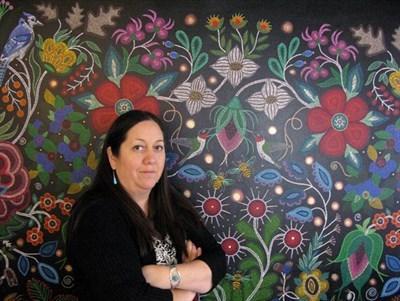 |
Christi Belcourt, Metis Visual Artist
Like generations of Indigenous artists before her, the majority of her work explores and celebrates the beauty of the natural world and traditional Indigenous world-views on spirituality and natural medicines while exploring nature’s symbolic properties. Following the tradition of Metis floral beadwork, Belcourt uses the subject matter as metaphors for human existence to relay a variety of meanings that include concerns for the environment, biodiversity, spirituality and Indigenous rights. Although known primarily as a painter, she has for years been also practicing traditional arts. Working with beads, hides, clay, copper, wool trade cloth and other materials. Most recently with birch bark and harvesting plant fibres and ochre. |
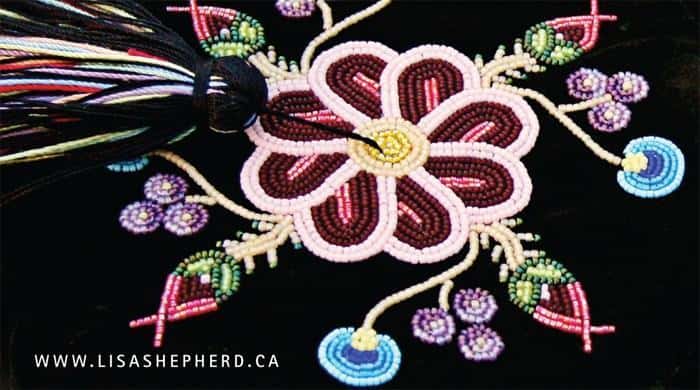 |
Lisa Shepard – Metis Artisan
“I am a Canadian who knows that Art documents our story. I am an Artist who respects how our story touches our hearts, and how healing begins with our understanding. I am a Metis Woman who gently acknowledges that this understanding is powerful. The past, the present and the future reverberates along my thread.” |
Métis Nation of Ontario (MNO) Education Kits
Métis Nation of Ontario (MNO) Education Kits are an excellent resource for students, teachers, educators and community members to use inside and out of the classroom.
Each kit contains a variety of items including a sash, flashcards, fiddle music, a Michif workbook and a timeline of Métis history in Ontario. This is an exciting first step in providing an introduction to Métis history, culture and heritage. The MNO plans to build upon the success of the Education Kit with additional lesson plans and expanded toolkits.
Nisga’a Legends of the Nass
Nisga’a Legends of the Nass site
Nisga’a Legends of the Nass is a digital collection of stories. The site has videos of stories about the volcanic eruption in the early 1700’s, Naxnok and places of supernatural power.
O’ Canada
Renditions of O’ Canada
O’ Canada in Cree – by Dolores Sand
O’ Canada in Cree – by Akina Shirt
O’ Canada in Mohawk – by Cheri Maracle
O’ Canada in Ojibwe – by Strong Warrior Girls – Anishinaabe Singers
Oral Traditions
Some protocol things to think about….
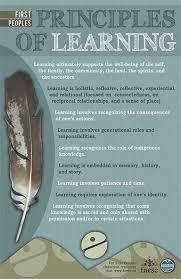
Learning is embedded in memory, history, and story
In First Peoples’ cultures, knowledge was traditionally kept in oral tradition. The oral tradition, still highly valued today, includes oral narratives (or stories) that are used to teach skills, transmit cultural values, convey news, record family and community histories, and explain the natural world. In addition to expressing spiritual and emotional truths (through symbol and metaphor), specific stories also provides a record of literal truths (regarding events and/or situations) as narratives were passed unchanged from generation to generation.
Aboriginal Worldviews and Perspectives (PDF)
…from page 40
First Nations Stories
- Stories can vary from the sacred to the historical.
- Some focus on social, political, and cultural ways.
- Some are entertaining, even humorous.
- Some tell of personal, family, community or an entire nation’s experiences.
- Some are “owned” by certain clans or families and can only be told by a member of that group.
- Others can be told by anyone who knows them and cares for them.
- Stories reflect the perceptions, relationships, beliefs and attitudes of a particular people.
(from the website First Nations Pedagogy Online)
“As BC educators begin to increasingly incorporate Aboriginal content into their classrooms and teaching practices, there have been many rightful discussions occurring around cultural appropriation and the improper integration of Indigenous stories and knowledge into classroom learning.
In this module we explore the importance of educators exercising careful consideration over the authenticity of the content being presented, as well as the proper process for obtaining that knowledge.”
Do you need permission to tell a story? Video by Bonnie Harvey Ktunaxa Story Teller (Click on the video button in this link to hear from Bonnie Harvey)
Raven Releasing the Sacred Fire
Suzanne Camp, retired and long time cultural support worker in SD#71 tells the story of the Raven Releasing the Sacred Fire. Jeannie MacDonald, Mark R. Isfled Indigenous Support Worker, gives an introduction of their school is connecting this story to their work with the Downie Wenjack Project. JoAnn Restoule, Ni’noxsola, an elder in residence, makes a connection to the strong tradition of oral storytelling in Indigenous culture and how we see the world and learn about life. Can you make connections to your personal life, your community, your nation?
Phil Umpherville Cree Storytelling

Explore the mysteries of our Universe with Sky Tellers! Ten Native American myths and legends investigate the reason for day and Night, why we have seasons, the origin of the stars and other wondrous phenomena of our night sky. Each narrative is accompanied by the story that scientists tell today.
Look for the Sky Teller storys and DVD at SD #71 LRC under Aborignal Astronomy.
Raven, Bentwood Boxes and Pentominoes
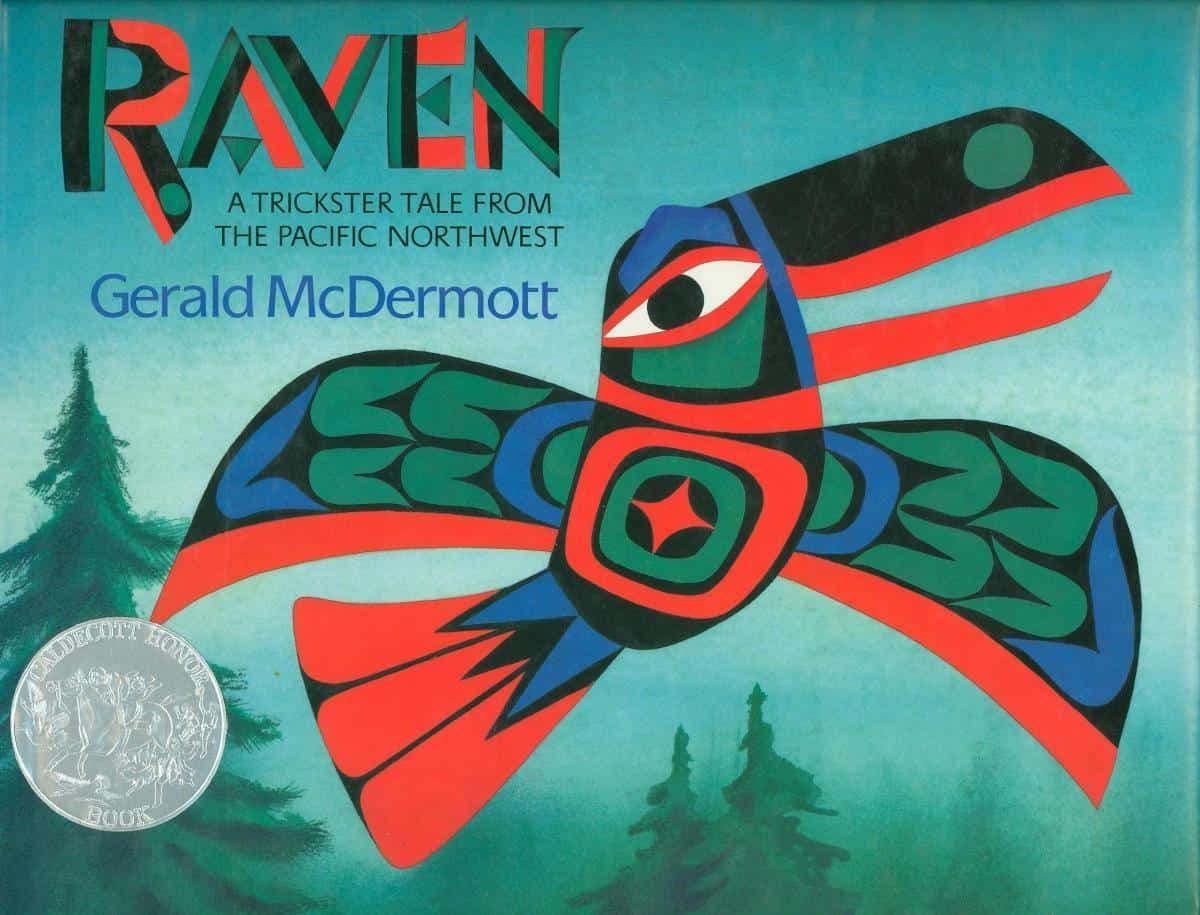
The following math lessons were inspired and adapted by swift@sd71.bc.ca and Nelson@sd71.bc.ca from the following: Language Supported Math Lesson
Connections to Redesigned Curriculum:
Lesson 1
Lesson 2
Supporting Documents and Videos
Bentwood Box Cooking:
Math – Depth vs Speed:
Seasons
Seasonal Changes in the Comox Valley from Project Watershed
Click here for connection to seasonal changes video n the Comox Valley and here for more educational lessons and resources from Project Watershed.
Here is an example: The fall video, “I Feel Like Gold” Autumn in the Comox Valley from Island Soul Films.
My Seasonal Round Resource
This unit illustrates the integration of Social Studies and Science. The seasonal round was chosen as a theme for this unit because it lends itself well to integrating the topics of BC First Nations study in Social Studies, and habitat in Science.
A seasonal round: also known as the annual round … refers to the pattern of movement from one resource-gathering area to another in a cycle that was followed each year. Spring, summer and fall saw the people moving to a variety of resource areas while during the harsher winter they gathered in winter villages. The abundance of resources also determined how often people moved. In areas that had a greater abundance of variety, people could stay in one location for longer than in areas where resources were scarcer. Campbell, Kenneth, Charles Menzies, and Brent Peacock. B.C. First Nations Studies. BC Ministry of Education, 2003, page 25
The topic of the resource is the seasonal rounds in the four geographic regions of BC, through the perspective of Aboriginal groups (past and present) who live in these regions. Topics that will be explored include:
- habitat
- natural resources
- stability and change
- living and non-living components of habitats
Ojibwe Four Seasons Video Series – found in SD71 LRC
An excellent series of 4 videos of about 9 minutes each that is combination of a historical re-enactment and the connection to modern day seasonal activities.
Ojibwe Fours Seasons Website – Lessons, resources, more information
We did find the videos online:
Ojibwe Four Seasons Video Review
Stories from the Seventh Fire Video Series – found in SD71 LRC Winter/Spring and Summer/Fall
“This series is the superb achievement of a unique and powerful collaboration. Gifted Native North American artists, animators, storytellers, actors and filmmakers have lovingly produced these animated legends for our new era, for all to share. World-renowned Ojibway artist Norval Morrisseau’s paintings come alive with beautiful animations of Wesakechack, and the legends are narrated by actor and storyteller Tantoo Cardinal.”
DVD 1: Spring – The First Spring Flood; Legend of the Giant Beaver
DVD 2: Summer – How Wesakechak Got His Name; Legend of the Caribou
DVD 3: Autumn – Wesakechak and the Medicine ; Legend of the First Thanksgiving
DVD 4: Winter – Why the Rabbit Turns White; Legend of the Spirit Bear
Aboriginal Calendars – Moons and the Seasonal Round
Saanich Year – calendar based on the the 13 moons of the Saanich people. The year follows the cycles of the moon and the connection to nature and resources availalbe in that area at that time.
“Aboriginal calendars are lunar calendars that are logical in a culture in which people are acute observers of nature. The preciseness of keeping track of important yearly events does not rest on an accurate lunar calendar, but with the people’s acute observations and rich knowledge of nature. An Aboriginal calendar does not need to be precise, just good enough for reasonable communication.” — from guide.
This website has some lessons, pictures and resources for you to use : 13 Moons of the WSANEC (Saanich people) .
The book is no longer in print and we have been given permission to reproduce the book. In SD71, you can find the book in our LRC, search for: Aboriginal Moons.
Or we have put it in a powerpoint.
The Saanich Year
The Saanich Year Book
Primary Moon/Seasons Lessons – locally developed in SD71
Melissa Litke adapted the moon lesson for Kindergarten using the Saanich Moon cards:
Handouts: Connection Sheet
Lets Connect Primary Moon Handout
Other Moon/Seasonal Round Books:
Thirteen Moons on Turtles Back and Maple Moon
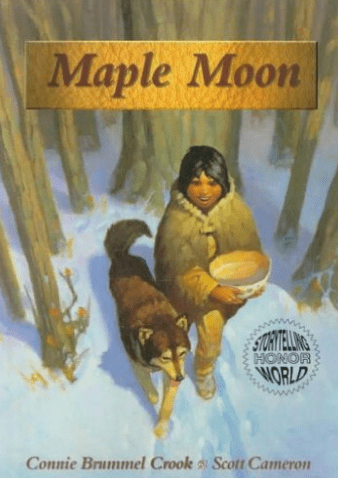
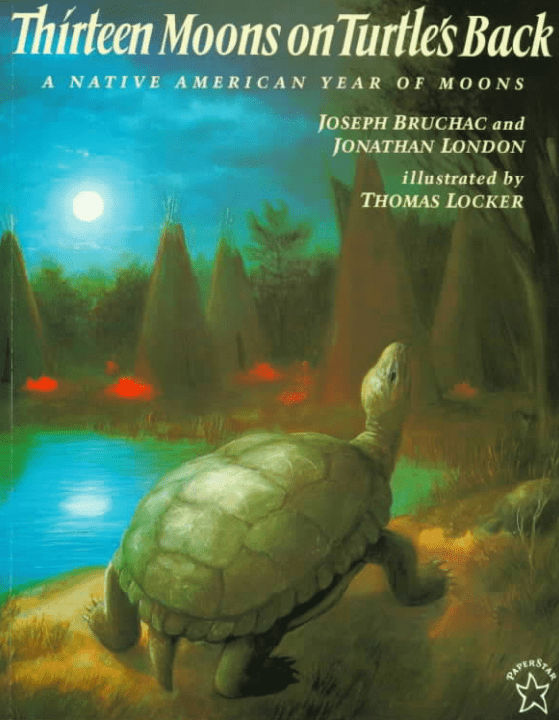
Lunar Calendars across North America:
See the following document for Moon Names in a variety of Indigenous cultures. You can get an idea of how widespread the seasonal round is and how the connection to land and resources was paramount.
A Season’s Unit Outline – rough notes
Look here for an example of how you can use some of the above resources in a unit. Originally meant for grade 1 but can be used at any level.
Solomon’s Tree – a connection lesson using Adrienne Gear’s Power of Reading
Seasonal Activity Lesson
The lesson focuses on making connections between what we do in the seasons and what different groups of First Nations people did during the seasons.
Grade: 2-3
Learning Intentions:
To understand what activities indigenous people do in each of the seasons and why. To read a book and make connections to what we do during the various seasons. To take a walk through the forest to see signs of Fall
Lesson Plan:
Blackline Masters
Other Resources
Supplementary Activities from the author:
- Mouse Writing Lesson Plan Step 1 and 2
- Mouse Writing Lesson Plan Step 3
- Mouse Writing Lesson example of Step 3
- Aboriginal Seasonal Activities
- Seasonal Foods
BLM’s of Signs of…Spring, Winter, Summer and Fall:
Using all your senses record certain plants and places that you visit in the various seasons.
Mouse Celebrates Winter Solstice
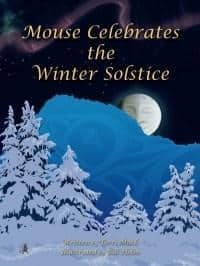
Lesson Description: In this lesson, students gain an awareness of the importance of Winter Solstice to Aboriginal people by reading the picture book, Mouse Celebrates the Winter Solstice, by Terri Mack and participating in a connection reading strategy focus.. Students can also paint or draw their visualization.
Grade: targeted K-3, but could be used for older grades too.
Learning Intentions:
- I can make connections to the Winter Solstice.
- I can make personal connections to the story.
Lesson Plan:
Taan’s Moons – Found in all SD71 libraries
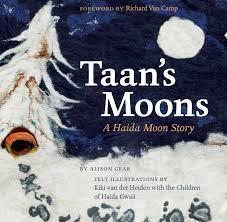
Taan’s Moons from ArtStarts in Schools on Vimeo.
Great Bear Sea Rainforest
The Exploring the Great Bear Sea Elementary, Secondary and Post-Secondary Curriculum Resources are based on the film The Great Bear Sea: Reflecting on the Past, Planning for the Future by Green Fire Productions, and can be used to engage students in an inquiry-based, educational journey through the Great Bear Sea exploring a variety of themes such as Indigenous Knowledge, collaborative science, marine planning, biodiversity, sustainable resource management and marine stewardship. Students explore the importance of this region of BC – and our connection to both land and sea – through place-based stories, traditions and histories, bringing a diversity of First Peoples’ perspectives from this region into the classroom.
Six Cedar Trees
Connecting Six Cedar Trees to Indigenous Content
The Six Cedar Trees to clarify is a book with Indigenous art by Celestine Aleck and the content written by Margot Landahl, a teacher, is connected to BC’s redesigned curriculum, Core Competencies and is not considered specifically Indigenous. Here are some examples of connecting the animals to indigenous content – cultural presentations and local language PowerPoint both by Shannon Campbell, an Indigenous Support Worker in SD71.
Click below for locally created PowerPoint on the Six Cedar Trees:
Highlights:
- Kwak’wala and Sliammon language included
- anchored in indigenous knowing
- connection to core competencies
Media:
- Six Cedar Tree Animals in Kwak’wala and Sliammon (PDF)
- Six Cedar Tree Animals in Kwak’wala and Sliammon (PowerPoint)
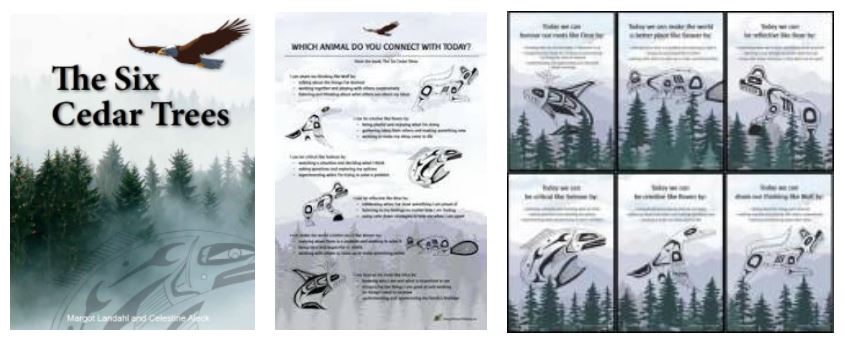
What lessons can we learn from our Pacific Northwest Coast animals? This is the question Eagle explores as he settles in a tall grove of cedar trees nestled in the corner of a school playground. The Six Cedar Trees allows readers to understand the characteristics and habits of six Pacific Northwest Coast animals and how these animals can help them develop a deeper understanding of themselves.
Beautifully illustrated animals by Coast Salish artist Celestine Aleck.
Connecting the Six Coast Salish Animals to BC’s Core Competencies
A teacher form Delta has created this website to share her personal Inquiry into the Six Cedar Trees book. Check out her website by clicking here, Six Cedar Trees or on the title above.
The Six Cedar Trees, grew out of a personal inquiry into British Columbia’s Core Competencies and a school inquiry into the The First Peoples Principles of Learning. Each animal has been chosen carefully as an “anchor” to teach children holistically, ways of being a reflective, compassionate and well-adjusted person connected through a sense of social responsibility and compassion for place and people.
The teacher librarian at her school created the following document:
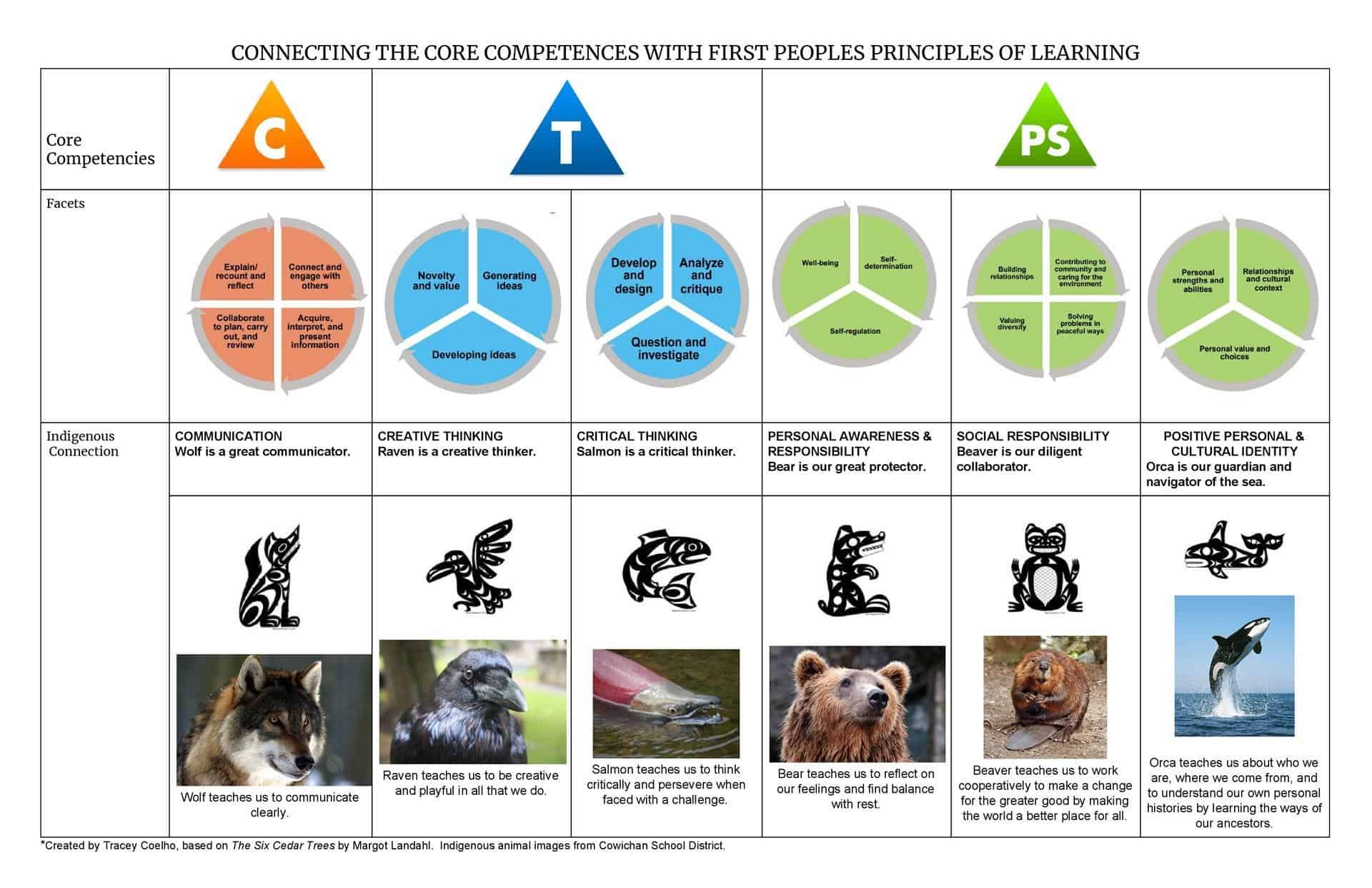
BC CORE COMPETENCY SELF ASSESSMENT WITH THE SIX CEDAR TREES
Check out this Kindergarten teachers blog, Rubber Boots and Elf Shoes, and see how she is using The Six Cedars Book in her classroom. Good for any age!
Through Our Eyes: 25+ Short Docs by Indigenous filmmakers
![]()
A compilation of CBC Short Docs by some of the best emerging Indigenous storytellers from across the country. Celebrate National Indigenous History month with documentaries by some of the best emerging Indigenous storytellers from across the country.
Weaving
Introduction Lessons for Cedar Weaving
Driving Question: How does learning about weaving help us to learn about its significance to indigenous people? What is important about weaving to indigenous people?
Learning Targets: Thinking critically; making meaningful personal connections; inferring from images/art expression; connecting and engaging with others to share and develop ideas.
Toni Frank – First Nation Cultural Art Showcase
Toni describes her love and passion for art and cedar weaving. Toni is a member of the K’omoks and Sechelt First Nation.
Quarterbag Weaving: Coast Salish Weaving
We have videos prepared with Suzanne Camp, retired Indigenous District Cultural Support Worker, to explain and demonstrate how to weave quarterbags. Thanks to the Anjeanette Dawson and Norman Guerrero from who we learned the quarterbag weaving at FNESC (First Nations Education Steering Committee) Conference.
For SD71 employees we have 4 instructional videos in which Suzanne Camp explains the weaving process step by step and a written explanation, from Anjeanette and Norman, of how to weave the bags and some Skwxwú7mesh Snichim (Squamish) language . Please contact anyone from the Indigneous Education Department and they can help you find these videos and files.
The Story of the Coast Salish Knitters
For almost a century, the Coast Salish knitters of southern Vancouver Island have produced Cowichan sweaters from handspun wool. These distinctive sweaters are known and loved around the world, but the Indigenous women who make them remain largely invisible. Combining rare archival footage with the voices of three generations of woolworkers, The Story of the Coast Salish Knitters tells the tale of unsung heroines–resourceful women who knit to put food on the table and keep their families alive. Written and directed by Métis filmmaker Christine Welsh, this is a story of courage and cultural transformation–a celebration of the threads that connect the past to the future.
Archaeological find shows 3,000-year relationship between dogs and B.C. First Nation
CTV News: VICTORIA — Humans have a long relationship with dogs, but now after a recent archaeological dig in the Broken Group Islands on the west coast of Vancouver Island, we’re beginning to understand how far back that relationship actually goes. The number is quite staggering.
Remains of an ancient woolly dog breed were unearthed in 2018 during an archaeological dig at an ancient Tseshaht First Nation settlement on Keith Island.
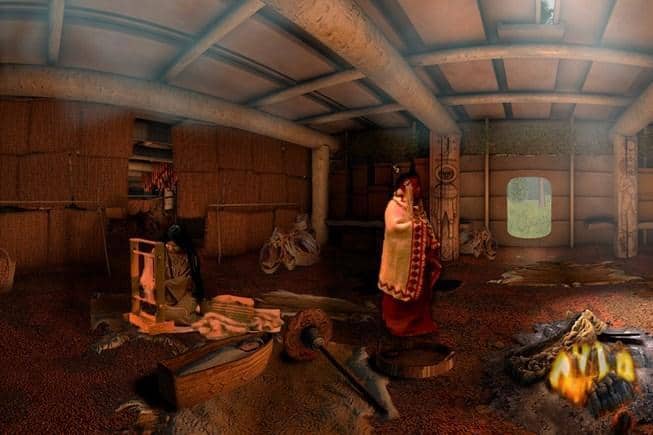
“A Journey Into Time Immemorial is an original creation of the SFU Museum of Anthropology and Ethnology with active participation from local Sto:lo Elders and knowledge keepers. It was originally a Virtual Museum of the Sto:lo people. Given it was created in 2008, the program platform became outdated. This valuable resource is now offline. SFU did give permission to download the information, thus to save as much of it as we could. This page is an archive of information from this website to be used for educational purposes.”
Cedar Weaving
Harvesting Cedar
Special Note: There are protocols that go with collecting cedar bark. Some things to consider about cedar collection is that the people who collect cedar are from the local nation, have been taught from an elder, know how and when to do this without harming the tree in that specific area. Cedar is considered sacred for many.
Cedar bark harvesting from Lonnie Wishart on Vimeo.
Cedar Weaving – Squamish Lil’wat Cultural Centre
Watch as QúQú Héy Yóóch — “Bernadine Billy”, Txwolt’malh — “Holly Joseph” and n̓án̓attw Nkakúsene — “Tanina Williams” work with inner cedar bark, a simple yet effect craft that all guests have the opportunity to practice and take home with them.
Story of Cedar, Cedar Hat Weaving & Bark Pulling Cowichan Coast Salish
From the moment of birth to the time of passing, cedar has traditionally played a vital role in the life of the First People of the Pacific Northwest.
This 30min documentary tells the story of cedar, how the bark is stripped from the cedar tree and prepared for cedar weaving (hats) and discusses the art of cedar weaving and the effect this workshop had on the participants. The project was facilitated by Maria Sampson. The video was produced by Louise McMurray and the Cowichan Aboriginal Film Festival and directed, shot and edited by Phil Ives.

